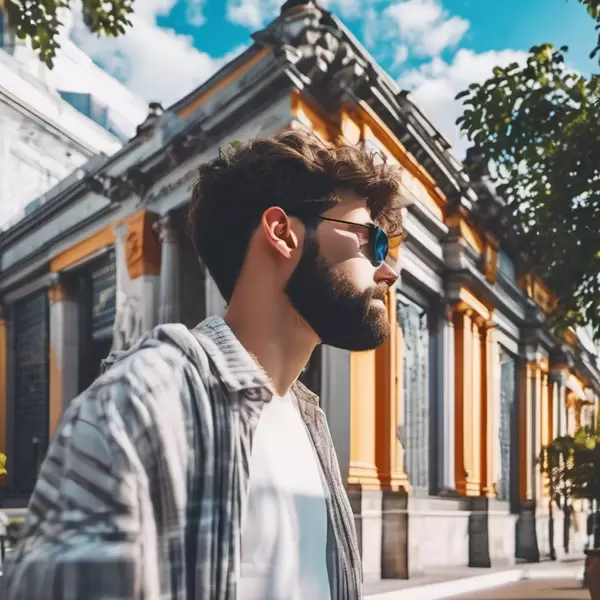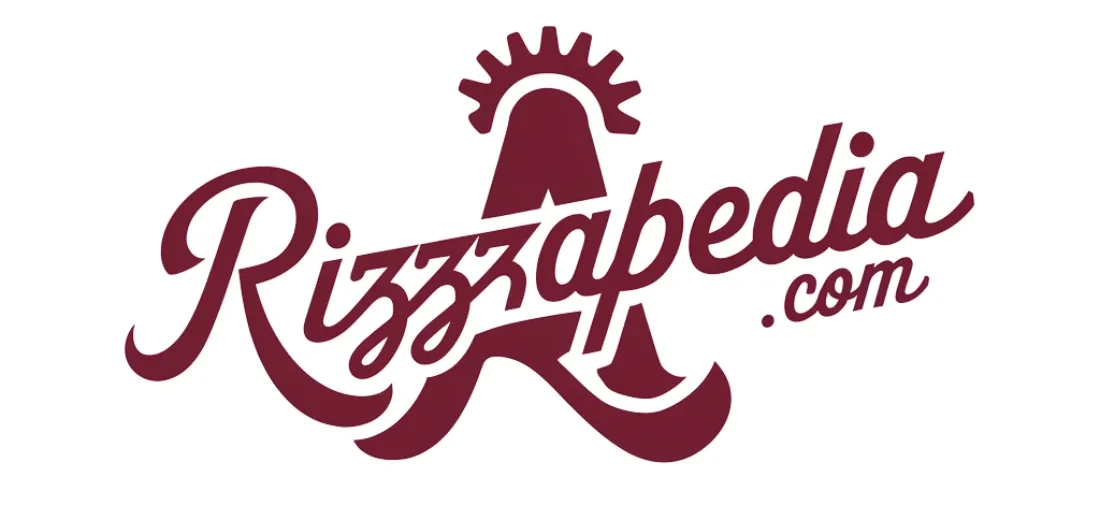In the rapidly evolving digital landscape, artificial intelligence (AI) has revolutionized how we interact with multimedia content. One of the most intriguing applications is the AI video face swap — a technology that seamlessly replaces one person’s face with another in video footage. While face swap tools initially gained popularity for fun and entertainment, they have now evolved into sophisticated platforms with applications in film production, advertising, gaming, and even virtual communication. Among the newer trends is the multiple face swap video, allowing users to swap faces with more than one person in the same clip. This article explores how AI face swap technology works, what it’s used for, and the moral issues it raises.
Understanding AI Video Face Swap Technology
AI video face swap refers to the use of deep learning algorithms, particularly generative adversarial networks (GANs), to identify and replace facial features in a video with those of another individual. Unlike simple face filters that overlay graphics, face swap technology reconstructs expressions, lighting, and angles to make the transition almost indistinguishable to the human eye.
This innovation works by training AI on numerous images of the target and source faces. Once the AI understands the facial structure, it can animate the swapped face, matching it with the original video’s movements and expressions in real time. High-end tools now offer ultra-realistic results, making the swap nearly imperceptible.
Rise of Multiple Face Swap Video Tools
The idea of a single face being swapped in a video is exciting, but multiple face swap video tools have taken the concept to another level. These tools allow users to swap several faces at once — perfect for group videos, family content, or even reimagining movie scenes with different characters. With the help of advanced neural networks, AI can simultaneously detect multiple facial identities and apply corresponding swaps in a synchronized manner.
Popular platforms that support multiple swaps include Reface, Zao, and DeepFaceLab, which are becoming increasingly accessible to everyday users. Whether you want to swap faces in a wedding video or recreate a famous scene with your friends’ faces, these tools make it easier than ever.
Applications of AI Face Swap Technology

The AI face swap trend goes beyond social media filters and funny videos. It has found real-world applications in several industries:
- Entertainment and Film: Filmmakers can now digitally insert actors into scenes without needing reshoots. AI face swapping allows stunt doubles to act in place of celebrities while the actor’s face is digitally imposed later, saving costs and time.
- Gaming and VR: In personalized gaming experiences, players can embed their faces into characters, creating an immersive and custom environment.
- Advertising: Brands use face swap technology to feature consumers or influencers directly in ad campaigns, increasing engagement by personalizing content.
- Education and Training: Historical reenactments or language training modules can use AI video face swaps to increase realism and viewer interest.
Ethical Concerns and Misuse Risks
Despite the technological marvel, the AI face swap trend comes with significant ethical questions. The potential for misuse — such as creating misleading content, deepfakes, or impersonating individuals — is a serious concern. With just a few clicks, anyone can create convincing videos that show people saying or doing things they never actually did.
This is particularly concerning in political, legal, or personal contexts where trust can be manipulated. That’s why platforms and governments are now implementing AI detection tools and regulations to monitor the use of face swap technologies.
For responsible use, content creators are encouraged to disclose when AI alterations are made. Consent and transparency are essential, especially when real individuals are involved.
The Future of AI Face Swap
Looking forward, AI video face swap tools are likely to get more advanced and easier to use. Real-time face swap in video calls, virtual meetings, or live broadcasts might become standard, offering new ways of identity masking or entertainment.
At the same time, multiple face swap video functionalities will likely evolve to support more detailed customization, including voice modulation, emotion syncing, and environmental adaptation. This means that not only faces but also entire personalities or avatars might be interchangeable in real-time digital environments.
With continuous advancements, we may see face swap tools used for more than fun — perhaps as therapeutic tools for trauma recovery, identity expression in virtual spaces, or even storytelling formats that haven’t yet been imagined.
Conclusion
From its humorous beginnings on mobile apps to its powerful presence in professional media, AI face swap technology is reshaping how we create and consume video content. The ability to produce multiple face swap videos opens doors to creative storytelling and personalized digital interactions. However, as with all powerful tools, responsible use and ethical boundaries are critical. When used thoughtfully, AI video face swap offers a fascinating glimpse into the future of human-computer interaction, digital identity, and the art of transformation.
Also Read-Tech Protection 101: Cybersecurity Tips to Safeguard Your Business










